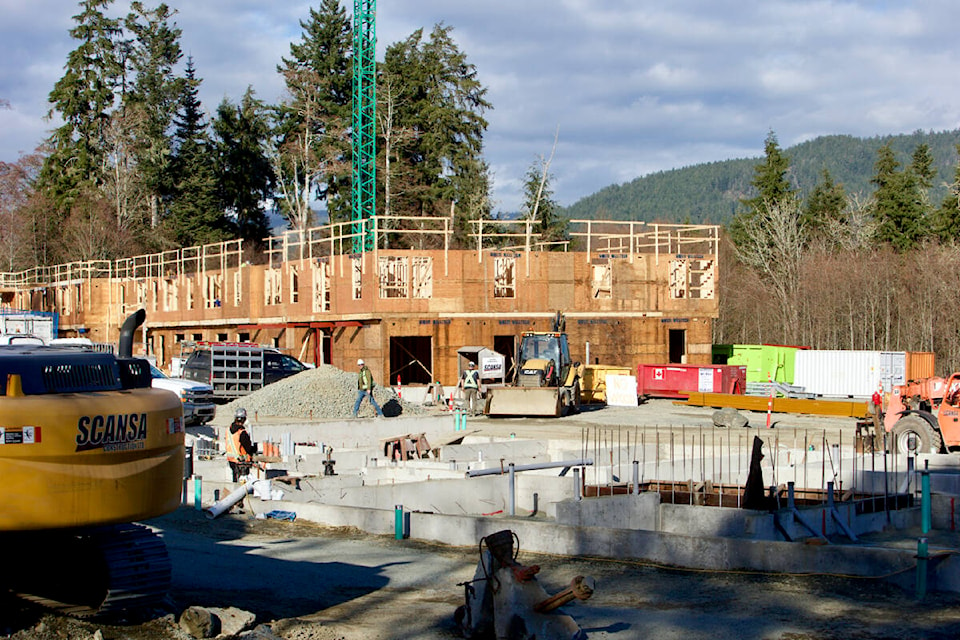B.C. needs to increase its number of homes by roughly a quarter more than is forecast for the housing market to be affordable in 2030, according to projections by the Canadian Mortgage and Housing Corporation (CMHC).
Currently, British Columbians pay about 60 per cent of their disposable income on housing on average, according to a CMHC report released Thursday (June 23). The CMHC projects the total number of homes in the province will increase to 2.64 million in 2030 if existing trends do not change.
This means new construction needs to increase by at least 570,000 more units than projected in order for British Columbians to pay 44 per cent of their disposable income on housing on average. Alternatively, new construction needs to increase by at least 620,000 more units than projected for residents to pay 40 per cent of their disposable income on average.
Shane Styles, president of Epic Real Estate Solutions in the Okanagan, said it is high demand that causes unaffordability, so government recognition that a supply increase is needed is welcome.
“Canada is an incredibly desirable place to live. British Columbia — and I would not even say arguably — is the most desirable province in our glorious nation. There is a lot of demand, it is outstripping supply,” he said. “I do not believe that demand is going to go down.”
Styles sees the problem in Kelowna, which has an effectively zero per cent (0.6 per cent) vacancy rate, he said.
One point from the report stood out to Styles. CMHC’s goal is for everyone to afford a home that “meets their needs.” This language signals more choice is a priority. B.C. will need to increase the number and variety of units available to provide affordable options in renting, co-op housing, subsidized housing and home owning.
Styles said the biggest barriers to new units are at the municipal level. Communities need to accelerate the approval process for projects that fit existing plans and pave the way for denser housing. Also, when they make or revise plans, they need to leave some room to be flexible.
Meanwhile, on the national front, CMHC forecasts roughly 18.5 million homes in 2030 if existing trends do not change. To level the housing market in each province so homes cost 40 per cent of a household’s disposable income on average, this number would need to rise to almost 21 million units in 2030.
CMHC’s projections assume the number of households and their incomes will rise as interest rates fall. Interest rates are currently on the rise as the central bank tries to slow inflation. Styles said he is not concerned, because rates are still significantly lower than homebuyers experienced during the previous century.
If the supply can be increased, the renters who are priced out of the housing market will have more affordable options and will be able to make their bid for home-ownership.
RELATED: No short-term fix for Okanagan housing affordability
